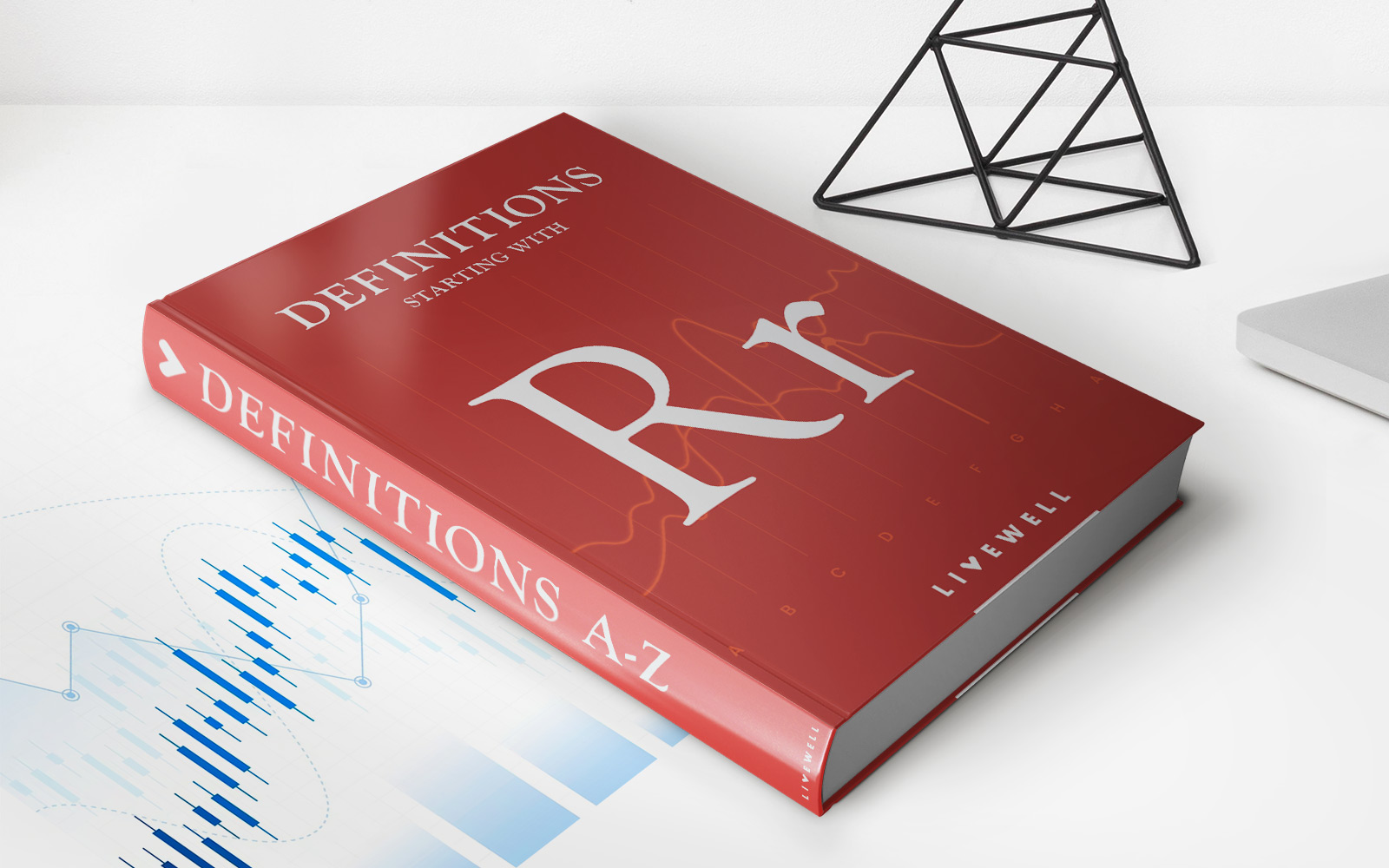

Finance
Rig Utilization Rate Definition
Published: January 21, 2024
Learn the definition of rig utilization rate in finance and understand its significance in measuring efficiency. Maximize resource allocation and profitability.
(Many of the links in this article redirect to a specific reviewed product. Your purchase of these products through affiliate links helps to generate commission for LiveWell, at no extra cost. Learn more)
Rig Utilization Rate Definition: A Key Metric in the Finance Industry
As the finance industry continues to evolve, it becomes increasingly important for businesses and investors to stay informed about crucial metrics that can impact their decision-making process. One such metric that plays a significant role in the oil and gas sector is the rig utilization rate.
Key Takeaways:
- Rig utilization rate is a key metric used in the oil and gas industry to measure the level of activity and efficiency of drilling rigs.
- Companies use the rig utilization rate to assess the overall health of the industry, make informed decisions about resource allocation, and evaluate project profitability.
So, what exactly is rig utilization rate? In simple terms, it is a metric that measures the percentage of active rigs relative to the total number of available rigs in a given market or region. This metric provides crucial insights into the level of activity and efficiency within the drilling industry.
Understanding Rig Utilization Rate
The rig utilization rate is calculated by dividing the number of active rigs by the total number of rigs, and then multiplying the result by 100 to express it as a percentage. This formula allows companies to gauge the level of drilling activity and understand how effectively their resources are being utilized.
For example, if there are 100 drilling rigs in a particular market and 80 of them are actively drilling for oil or gas, the rig utilization rate would be 80%. A high utilization rate suggests a strong demand for drilling services and signifies a thriving industry, while a low utilization rate may indicate a slowdown in drilling activity and potentially a less profitable market.
The rig utilization rate is a crucial metric for several reasons:
Benefits and Importance of Rig Utilization Rate
- Assessing Industry Health: The rig utilization rate provides an immediate snapshot of the overall health of the drilling industry. By monitoring this metric, companies and investors can understand whether the market is experiencing growth or facing challenges.
- Resource Allocation: Companies can use the rig utilization rate to strategically allocate their resources. By identifying areas with high utilization rates, they can focus their drilling operations in those regions to maximize profitability.
- Evaluating Project Profitability: Rig utilization rate helps companies determine the profitability of specific drilling projects. If the utilization rate in a particular region is high, it indicates a robust market, increasing the likelihood of a profitable venture.
- Industry Insights: Rig utilization rate also provides valuable insights into market trends. By analyzing historical data, companies can identify patterns and make informed decisions based on past performance.
In conclusion, the rig utilization rate is a vital metric in the finance industry, specifically within the oil and gas sector. Understanding this metric allows businesses and investors to gauge the level of drilling activity, assess industry health, and make informed decisions regarding project profitability and resource allocation. By keeping an eye on the rig utilization rate, companies can stay ahead in the competitive finance landscape.














